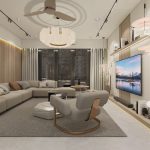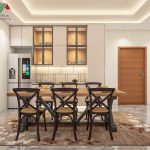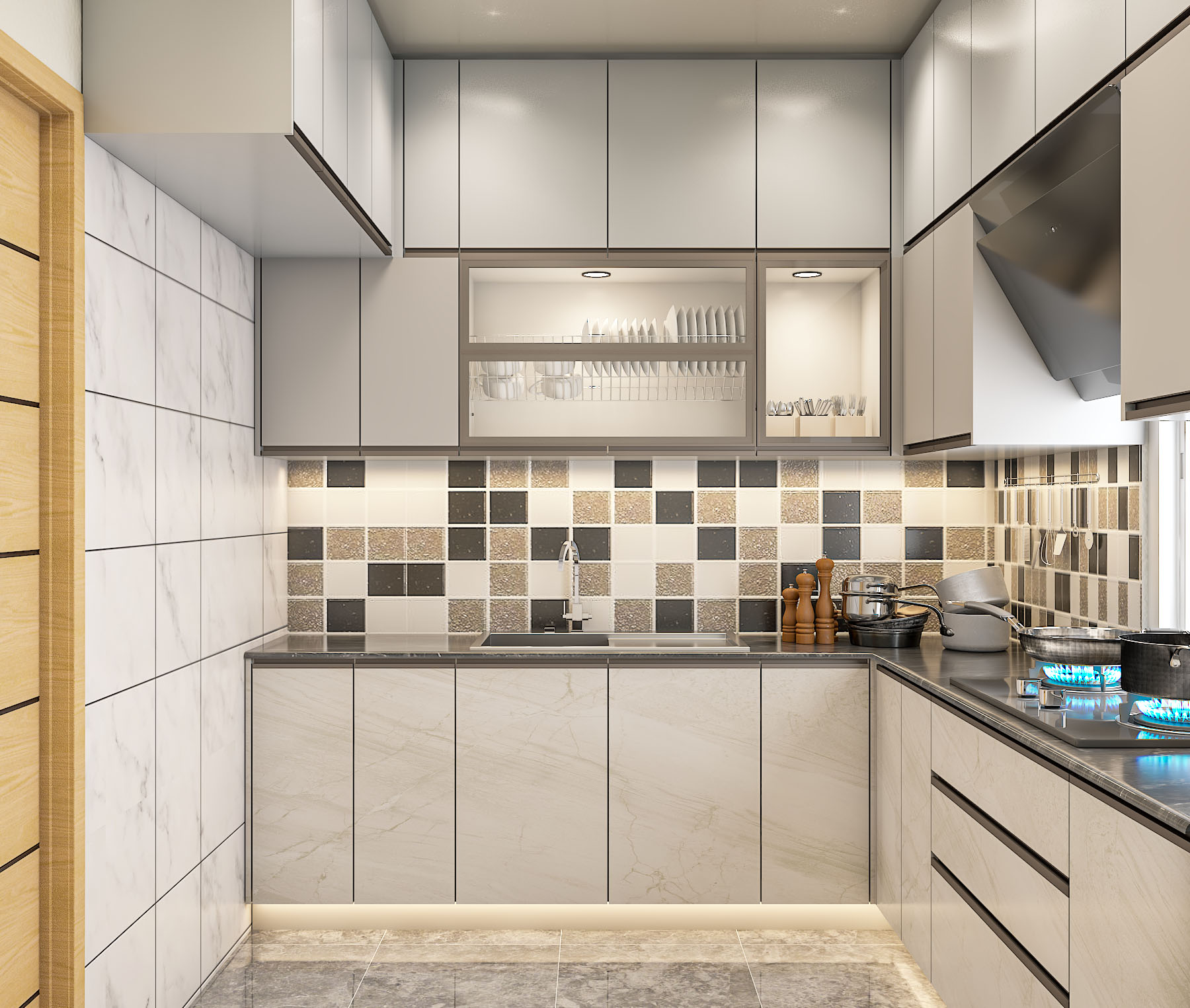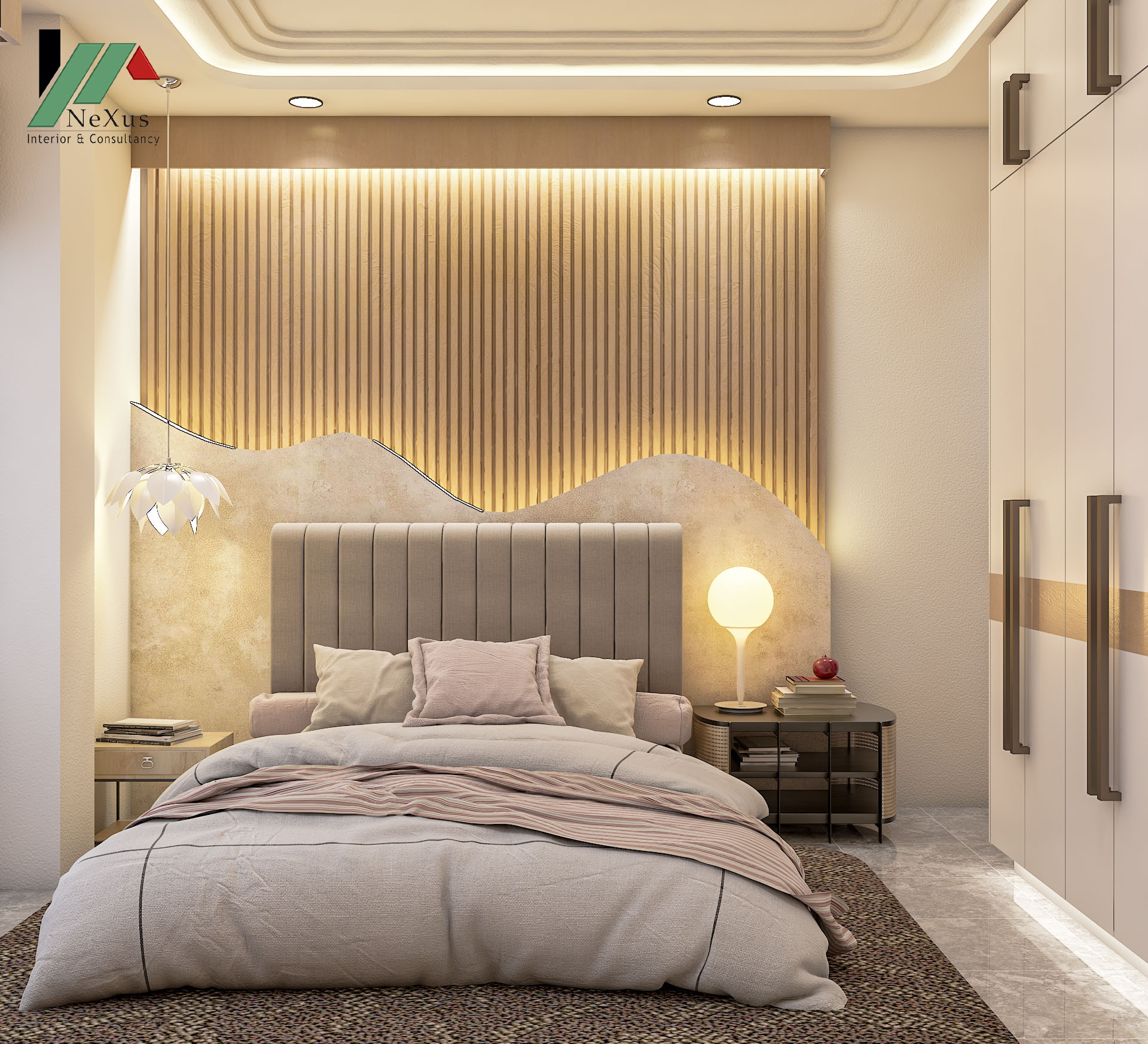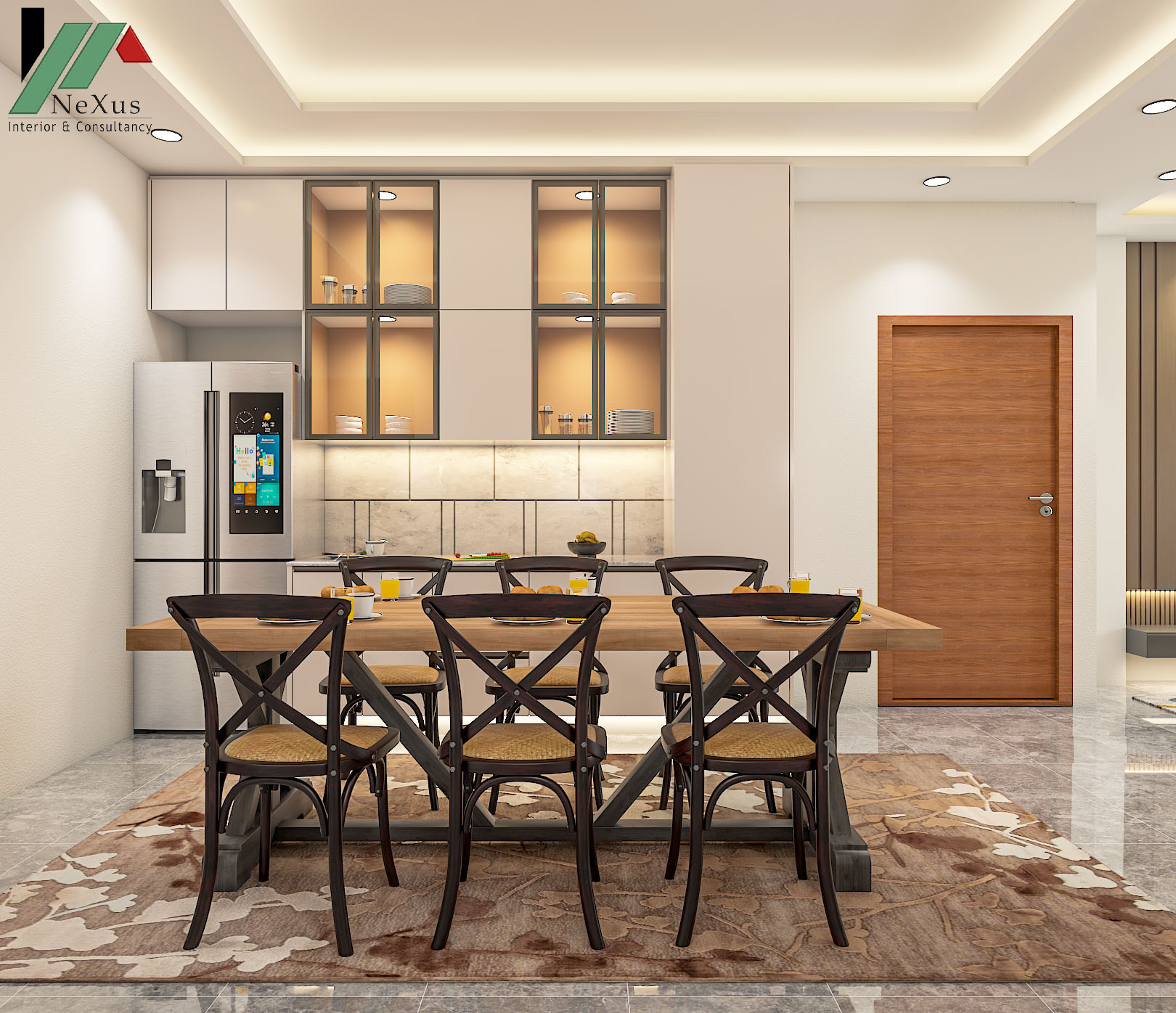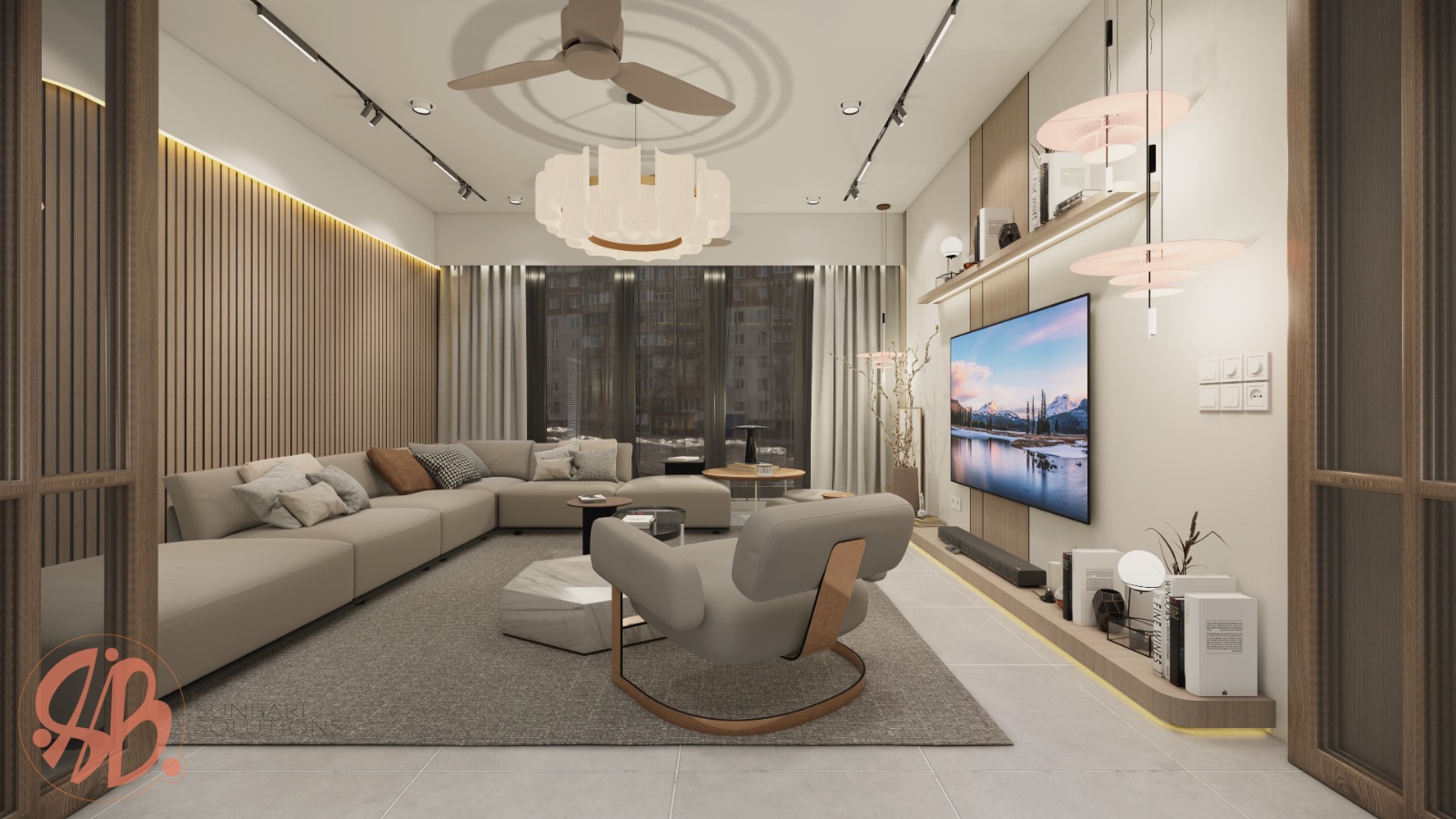
“How to Design a Home That Reflects Your Personality”
How to Design a Home That Reflects Your Personality
Your home is more than just a place to live; it’s a canvas to express your unique personality and style. A thoughtfully designed space can tell your story, evoke comfort, and create a sense of belonging. Here’s a guide to designing a home that truly reflects who you are.
1. Identify Your Personal Style
Before making any design decisions, take time to define your style. Consider:
- Inspirations: Browse design magazines, Pinterest boards, or Instagram to identify what resonates with you.
- Favorite Colors and Patterns: What hues and motifs make you feel happy and comfortable?
- Lifestyle Needs: Do you prioritize practicality, minimalism, or a bold aesthetic?
Whether you lean toward modern, bohemian, traditional, or eclectic styles, understanding your preferences will guide your design choices.
2. Showcase Meaningful Items
Incorporate elements that hold sentimental value or represent your interests:
- Family Heirlooms: Display antique furniture or decorative pieces passed down through generations.
- Travel Souvenirs: Highlight items collected during trips, like artwork or textiles.
- Hobbies and Passions: Dedicate a space to showcase books, musical instruments, or art supplies.
These personal touches infuse character into your home and make it uniquely yours.
3. Choose a Signature Color Palette
Your choice of colors can significantly impact the mood of your space and reflect your personality:
- Bold and Vibrant: If you’re energetic and outgoing, consider statement colors like red, yellow, or turquoise.
- Neutral and Calming: Soft tones like beige, gray, and pastel hues can evoke a serene and welcoming atmosphere.
- Earthy and Natural: Greens, browns, and terracotta shades connect with a love for nature and organic living.
Use accent walls, furniture, and decor to experiment with your preferred palette.
4. Blend Old and New
Mixing modern and vintage elements adds depth and uniqueness to your interiors. Pair sleek, contemporary furniture with rustic or antique pieces for a balanced, personalized look. This combination creates layers of texture and history within your home.
5. Prioritize Functional Design
Your home should reflect your daily routines and needs. Consider:
- Layout: Create open, airy spaces for socializing or cozy nooks for relaxation.
- Storage: Incorporate clever storage solutions to maintain a clutter-free environment.
- Work Areas: Dedicate spaces for work or hobbies, such as a home office or a crafting table.
Tailoring functionality to your lifestyle ensures that your home feels authentic and practical.
6. Add Personal Artwork and Photos
Decorating your walls with family photos, personal artwork, or custom pieces creates a warm and inviting space. Opt for:
- Gallery Walls: Curate a mix of framed photos, paintings, and prints.
- Large Statement Pieces: Invest in a striking piece of art that resonates with you.
- DIY Projects: Create your own artwork to add a truly personal touch.
7. Incorporate Textures and Patterns
Textures and patterns can add visual interest and depth to your interiors:
- Textures: Layer rugs, throw pillows, and curtains in different materials like velvet, wool, or linen.
- Patterns: Use stripes, florals, or geometric designs that align with your personality.
Mixing and matching these elements can create a rich and dynamic atmosphere.
8. Bring Nature Indoors
Adding plants and natural elements can enhance the ambiance of your home and connect with a love for the outdoors:
- Indoor Plants: Choose easy-to-maintain greenery like snake plants, pothos, or succulents.
- Natural Materials: Incorporate wood, stone, or bamboo for furniture and decor.
These touches not only beautify your space but also improve air quality and create a sense of tranquility.
9. Use Lighting to Set the Mood
Lighting plays a crucial role in expressing your personality and shaping the mood:
- Ambient Lighting: Install dimmable ceiling lights for a cozy atmosphere.
- Accent Lighting: Highlight artwork or architectural details with spotlights.
- Decorative Lighting: Add statement pieces like chandeliers or unique table lamps that reflect your taste.
10. Embrace Flexibility and Evolution
Your personality evolves over time, and your home should, too. Opt for:
- Modular Furniture: Pieces that can be rearranged to suit changing needs.
- Neutral Foundations: A neutral base allows you to update decor easily.
- Seasonal Decor: Swap out cushions, throws, and accessories to refresh your space throughout the year.
Conclusion
Designing a home that reflects your personality is a journey of self-expression and creativity. By focusing on your style, showcasing meaningful items, and prioritizing functionality, you can create a space that feels uniquely yours. Remember, the most important element of interior design is that it makes you feel at home. Need help bringing your vision to life? Contact us today for expert guidance on crafting your personalized dream space!


